Some content on your site performs really well.
It probably garners tons of qualified traffic and has a great conversion rate. But it’s just sitting there wasting away, even though it has already proven its worth.
And then you have some content underperforming.
But all hope isn’t lost. You can revive it with a few tweaks here and there to yield all of the results you want.
By recycling old content, you’ll be breathing new life into old pages to boost rankings, whether they’re already performing well or not doing so hot.
Here’s how to give your old content a facelift to bring rankings back from the dead.
Why reviving old content boosts rankings
Google loves to see content that is current.
Content that has been more recently published usually gets a higher ranking than outdated pieces.
But if you’re only publishing content that is new, your old content is left to go unnoticed in the SERPs.
That’s why you’ve got to re-publish old stuff by breathing new life into it. It’s a simple way to double your traffic.
David Schneider, the co-founder of Ninja Outreach, increased organic traffic on the site by over 40% by bringing old content back to life.
Once you’ve revived an old blog post, be sure update the publish date.
Then, when Google crawls your website again, it will recognize these pieces as fresh ones, which will cause a boost in search engine traffic for that page.
But overhauling your content can be a lot of time, effort, and money.
You can avoid having to completely re-work pieces by creating more evergreen posts. Then, all you’ve got to do is update the date of publication every once in a while.
Just look at the spike in views and site visits that Ahrefs saw after launching evergreen content rather than pieces that quickly become outdated.
If you work on consistently making sure that your blog posts are fresh, you can see the same results.
Then, your pages will get the SERP rankings and traffic that they truly deserve.
It’s one of the quickest (and easiest) ways to make Google recognize you and bring your rankings back from the graveyard.
To get started, you need to identify which posts you want to recycle.
1. Identify the posts you want to recycle
If you need to find out which pieces could use reconstructing, Analytics is one of the first places you should look.
You can easily see which pages are converting the best, bringing in the most traffic, and earning the most amount of engagements.
This is the content that you know performs best. People already love it.
That’s why it’s important to start thinking of some other forms of content out there.
For example, you can turn a high-performing blog post into a YouTube video.
Or you might already have a great podcast or video that you can turn into a blog post that people will love just as much.
You may have even created a physical print out in the past that you can add to your site to provide some more context about a particular topic (or your brand in general).
The possibilities for diversifying one piece of content are truly endless.
There is more than one way to find which content to recycle, but it’s simple to accomplish with a free tool such as Google Search Console.
First, go to Google Search Console. Then, head to the “Search Traffic” section. Under that, click on “Search Analytics.”
Next, be sure that you’ve checked all of the boxes for Clicks, Impressions, CTR, and Position. Then, select the circle next to “Pages.”
This will show you a list of pages along with the stats for each page.
You can download this list by clicking the “download” button at the bottom left corner. Then, you can export it and load it into a spreadsheet.
Once you’ve done this, you have two options:
- You can either go ahead and optimize every single post (which will take a ton of time).
- You can just focus on the posts that will give you the highest amount of rankings.
If you haven’t published much content yet, it might be best to go ahead and optimize every single post on your website.
But if you’re just trying to make your posts more efficient, here are some guidelines recommended by David Schneider that you can use to identify which posts have the potential for bringing in the highest amount of rankings.
He recommends optimizing posts with:
- A CTR lower than 1%
- A position that stands between 1 and 30
- A “high” impression rate (this one will depend on the amount of traffic your particular blog normally receives)
This tells you that the post is just popular enough to pick up speed, but also that it has the potential to get tons of clicks with a few adjustments here and there.
If you can move a piece up in the SERPs and optimize the description and title to be more relevant, the traffic will start pouring in.
Simply put, evergreen content should be what you’re looking for here.
During the process, be sure to keep your URL the same. If you change it, you could lose out on high rankings.
2. Keep your URL the same and optimize your CTA
Some people may think that creating an entirely new page to replace old content is the best choice because it adds more pages to the index.
That’s true, but it’s actually better to update an existing URL instead.
That URL already has an established history and has earned some rankings. By creating a whole new page, you’ll be starting from scratch.
By keeping all of your updates on the same URL, you can also avoid competing with yourself.
Since you’re updating content to perform better and more effectively serve your users, you should also think about adding or optimizing CTAs on these pages.
You need to tell people what you want them to do after they read your blog, guide, or e-book, watch your video or listen to your podcast.
Do you have a new offer that you want them to check out? Maybe you’ve got a new service or product that you want to promote somehow.
Think about trying to turn readers into active customers that can fall into your funnel.
You can optimize CTAs with visuals and images, too. Not just text.
Aim for something like this on your pages:
They’re eye-catching and easy to create.
Try other lead generation channels, like flipbooks, to collect leads from those who engage with it.
Flipsnack is an easy tool for creating flipbooks. You can turn any PDF file into a flipbook that is mobile-friendly.
Then, you can embed it with your content and turn on a lead gen option that helps you collect emails from anyone who clicks on it.
And all of the lead generation forms are customizable, so you can edit what you want the headers and buttons to say.
But sometimes, there’s just no hope for some pages. You’ve got to delete the unnecessary content so that the rest of your website can shine.
3. Delete ancient content
Most of your content can be optimized and updated pretty easily.
But some of it just simply doesn’t need to be taking up space on your site.
Old job postings, information about products and services that you don’t offer anymore, former employee profiles, and blog posts that are too similar to other, more popular ones need to go.
The same goes for any duplicate content that might be on your site.
A 301 redirect is usually the best choice for handling these types of pages.
With them, you can easily drive people toward an updated careers page, point old products toward newer ones that may be related, or show a blog post that performs better than the duplicate.
This helps you retain any value that the old URL may have.
You don’t want to add too many redirects, though, since they can put a load on your servers. And that can slow down your site, which can negatively affect rankings.
In some cases, you can just add some custom messages that explain the outdated page and link to a related page instead.
For example, if a position from a job posting has been filled, add a message that says: “This position has been filled, but find updated openings on our Jobs page.”
You can do the same with out-of-stock products. Don’t remove the URL if the product will come back in stock in the future.
Now you know your target posts, and you’ve deleted irrelevant content. Next, you should work on finding out which keywords you need to target for each post.
4. Do some fresh keyword targeting
Fresh keyword research is a great way to make your pieces more relevant and recognizable by Google.
To get started, head to Google Search Console. Find the same page that you used to figure out which posts you want to optimize.
Click the post, and change your selection from “Pages” to “Queries.”
Next, sort the results by impressions so that the keyword queries that are getting the highest number of impressions show up at the top of the page.
The top query should become your focus keyword, as long as it’s relevant to the content on the page.
The rest of the keywords can be secondary keywords to add in here and there.
Do this for each of the posts you want to optimize.
Next, take a look at completely new keywords.
5. Optimize old posts for new keywords
Once you’ve found the keywords that are already bringing in rankings, you can update old posts with new keywords.
All you need is a tool like Yoast’s WordPress plugin. Just enter in a focus keyword that you’re thinking about using, and it will give you tons of recommendations.
The key here is to eliminate any red and orange points by making improvements. Once you’ve got mostly green points, you’re good to go.
This plugin is free, which is a pretty great perk.
If you’re really desperate for some content and short on time or resources, just use existing e-books for blog articles, and vice versa.
6. Use existing e-books for blog articles (and blog articles for e-books)
If you need content in a pinch, take an excerpt from an e-book that you’ve already spent time and money on and repurpose it by turning it into a blog post.
This tactic also serves as a great way to promote old e-books, which can help their rankings.
Use the same exact concept when creating new e-books. Have a series of blog articles on related topics that you can bundle together?
Compile them all into a quick e-book.
Even if you use one blog per section, this is a great way to save time and energy on content.
And if you have pages that don’t have infographics, it might be a good idea to create a few. Here’s how.
7. Build some infographics
Infographics at the end of a blog post can serve as a complete summary of the content within your article.
If you have a ton of data and you want to easily outline it for readers, infographics are a visual way to do this.
They can break up articles and give readers an organized resource for statistics and data that may have gotten lost in a sea of words otherwise.
Piktochart and Canva are helpful tools that you can use to create your own infographics, even if you aren’t a designer.
Canva is especially easy-to-use, and the tool already has tons of pre-formatted infographic templates to choose from.
In just a matter of minutes, you can build an infographic that looks something like this:
Need some examples of how to effectively integrate infographics into your content to spice things up? Check out the email blog Litmus.
The company creates infographics based on their own research, as well as data from other notable industry experts.
Beyond infographics, if you’ve already done some guest blogging, republishing those pieces on your own site is a great way to bring in some extra rankings.
8. Republish guest posts on your own site
If you’ve already been guest blogging to boost off-page SEO, why not use that content for all that it’s worth? You can get even more value out of it by adding it to your site.
It’s as simple as asking the owners of the sites where your guest blogs were published if they’re comfortable with you republishing the content on your own blog.
Most site owners should be okay with this, as long as they’ve already published the content.
Plus, they will gain added exposure to the post if you include a link back to it saying where it was originally published.
It’s a win-win for rankings, and the worst that they can say is no.
You should also be following up on older posts as often as possible.
9. Follow up on old posts (or just rewrite them)
If you want to extend the life of an old blog post that has performed well in the past, all you’ve got to do is turn it into a series or two-part post.
Be sure to include the original title of the first post and include something like “Part Two” at the beginning or end of the title.
This is not only helpful for SEO, but it can also help to draw in the people who read the first post and want more information about the topic.
You can even write “Part 2” in all caps to make it impossible to ignore.
Include at least one link that takes site visitors back to the original post, and be sure to include it in a very straightforward way.
It’s as easy as adding a short line that says “For more insight about this topic, read part one here.”
This gives readers a point of reference but also gives a backlink to the original post (which boosts the value).
And when it comes to past posts, review the quality. Sometimes your quality might have taken a dip at the time of writing to make a deadline.
If you’ve written some filler content in the past that isn’t your best work, go ahead and rewrite it.
Once you’ve made your improvements, you can take a subpar piece from zero to hero.
Then you can look at related content that can be made into a daily, weekly, or monthly email series, which makes for fresh email content and more exposure.
10. Create an email series
Some content is best served in small chunks, which is perfect for a daily emails series.
Even this post could be repurposed into several short emails that provide actionable tips to readers.
Once you plan out an email series, free or premium email services like MailChimp, GMass, and Campaign Monitor are the easiest way to get the series sent out to all of your subscribers at once.
Yelp has a perfect example of this with a weekly series they call “The Weekly Yelp.”
All things considered, it’s important to promote old content again and again to remind readers and followers of its relevance. Here’s how.
11. Promote content again and again to get the most traffic possible
Research completed by Tom Tunguz shows that reposting content online can rack up 75% of the engagement of the first post.
That’s huge.
Social media is a great place to promote your content.
But it doesn’t just drive shares and clicks. It also provides fresh mentions and links.
All of these help with building rankings, boosting trust, and bringing in conversions.
Reposting helps to put your old content out there time and time again to gather interest.
DrumUp is a social media management platform that can be used to repost content on Twitter, Facebook, and LinkedIn.
One feature of the platform allows you to rotate Twitter shares for articles so that you can share them weeks (or months) ahead of time.
For example, you can choose to republish any tweet a certain number of times every XX amount of days, and you’ll see it in your feed every month or two for years to come.
Just set it and forget it.
You can even add tweets to your library to find them later on when you want to reshare them.
ViralContentBee is another platform for sharing your content with active users on social media.
Keep adding credits to your content, and the tool will rotate it over and over again so that you can gain fresh shares to your pages, even if they’re older.
Conclusion
Old content on your pages has tons of potential, and you can unlock it if you know how to optimize it in the right way.
Google loves fresh, updated pages. By recycling old pages, you can bring rankings back from the afterlife and double your traffic.
Start out by using Google Search Console to identify the posts that you want to recycle.
Be sure that you keep your URLs the same once you update pages because you don’t want to lose the value they’ve already earned.
Then, delete ancient content that is irrelevant, like old job postings or discontinued products and services.
Add a 301 redirect if you need to, or just write a message with a link where current content can be found.
Do some fresh keyword research with a queries search. Then, make the top query your focus keyword.
Optimize old posts for new keywords that they may not already be ranking for. And use Yoast’s WordPress plugin for recommendations.
Use existing e-books to create new blog articles, and existing blog articles to create new e-books.
Build some infographics to add to your articles or at the end of your blog posts to summarize the main points and statistics.
If it’s OK with the site owner, republish any guest posts that you have written in the past on your website to attract more site visitors.
Follow up old posts with a “part 2” article, or just rewrite them if they could use some improvement.
Break up content into smaller pieces to create a daily, weekly, or monthly email series.
Finally, promote old content over and over to gain traffic year after year.
How do you revamp your old content to increase your rankings?

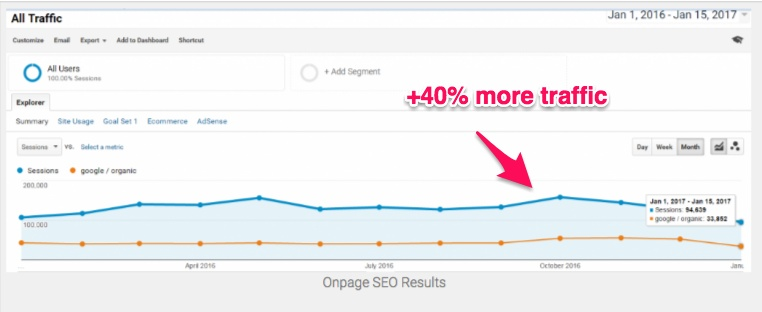

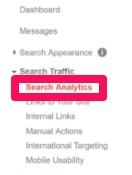


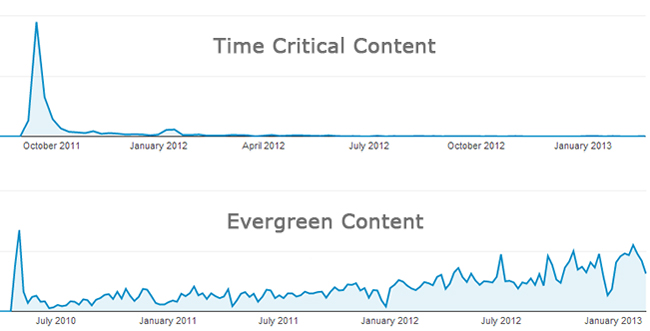
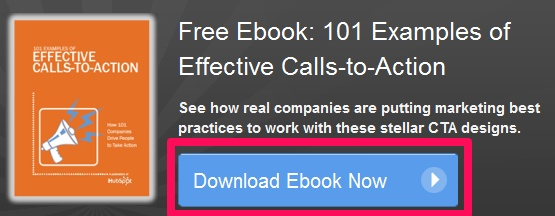
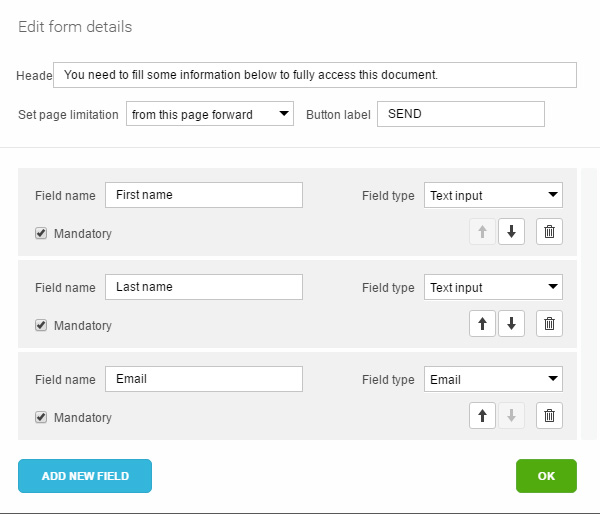
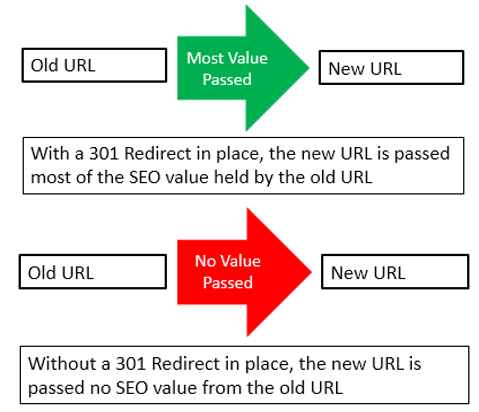





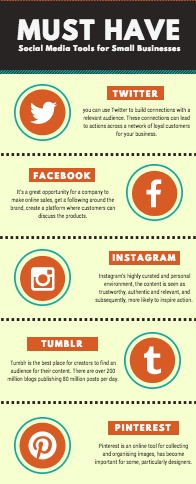
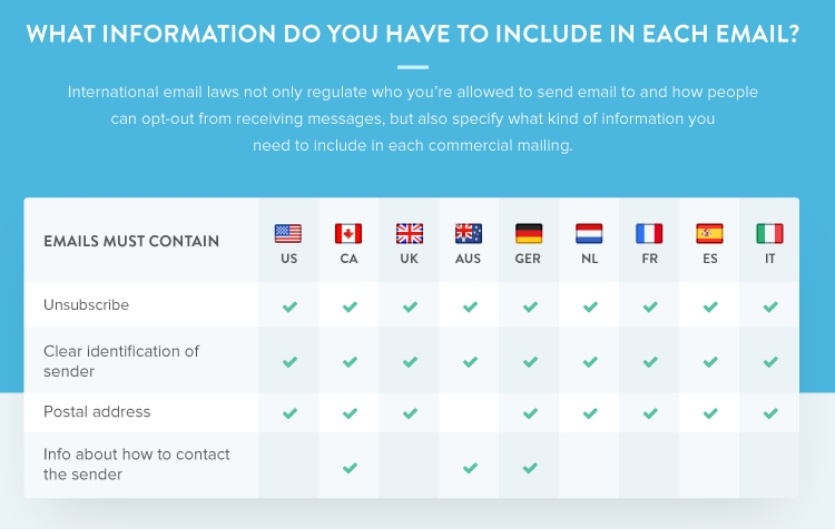
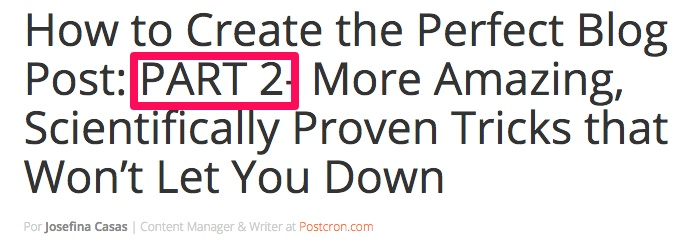

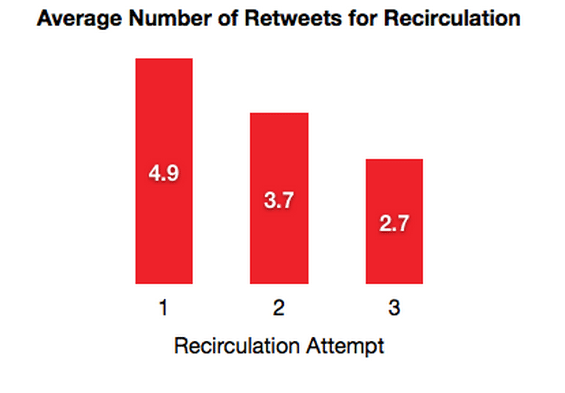
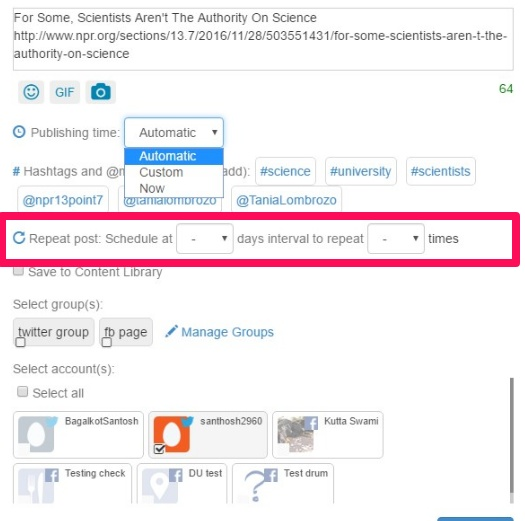
Comments (26)